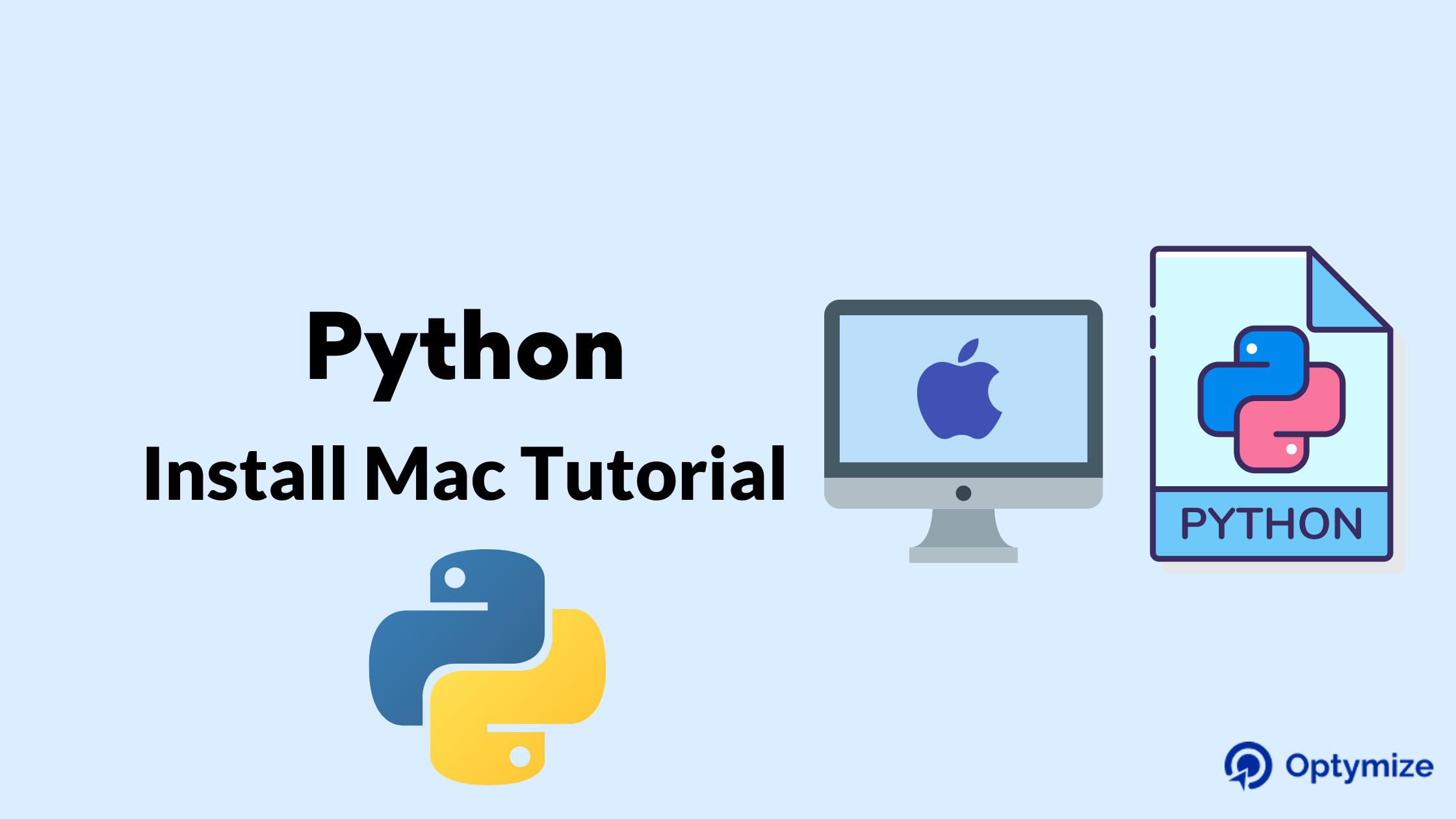Whenever a technology becomes the status quo for any purpose, the selling point for any newcomer is to be seen as a better alternative. For REST, it was marketed as GraphQL and GraphQL developers have often had to correct this misconception. While it is true that GraphQL performs better in many areas than REST, their innate mechanism is different and the overall use of GraphQL differs a lot.
This article will cover the most relevant subjects for GraphQL developers. These include the features of GraphQL, its compatibility with other softwares, the job opportunities for GraphQL developers, and the questions anyone hiring GraphQL developers should ask.
Features for GraphQL Developers
While comparing with REST isn’t a direct description, it does explain the innate reasoning behind how GraphQL is considered an advantageous option in terms of its feature. There is an architectural concept for network-based software. It does not possess any specification or tools. The focus of REST is instead on longevity rather than optimization of performance. In contrast, GraphQL focuses instead on performance and flexibility.
The primary limitations of REST are due to the fact that REST treats everything as a resource. Because of this, to get information from multiple entities/objects, they have to send multiple requests to the REST API. Outside of this, there are also issues with over and under fetching.
Some of the features that GraphQL offers include
Good for complex systems and microservices: GraphQL allows GraphQL developers to hide the complexity of multiple systems while unifying them. This is especially relevant for legacy infrastructure or third-party APIs as their data has been re-packaged into the GraphQL format, from pre-existing systems after being read by the server.
Single API call to fetch data: Unlike in REST, GraphQL developers can combine multiple endpoints to get data from multiple individual sources. So, because GraphQL focuses on the task itself, GraphQL developers can instead get the data needed with one call.
No under and over fetching: Due to the same reason presented above, GraphQL developers can avoid under and overfitting as GraphQL developers can now fetch the exact data in a single request.
Auto-generation of API documentation: GraphQL developers have to spend less time documenting an API thanks to the close connection of code and API so any changes made to a field, type or query changes, so does the corresponding documentation.
Classes and Modules: GraphQL developers can also speed up the prototyping process by providing a single digit API endpoints that serves as a data proxy between UI and data storage.
The Components of GraphQL Applications
GraphQL Components are mainly classified into Two Groups
Server-side Components:
Server-side components allow parsing the queries coming from GraphQL client applications. The Apollo Server is the most popular GraphQL server. It is an open-source, spec-compliant GraphQL server. All GraphQL clients such as Apollo Client are compatible with Apollo Server.
Query:
Queries are client application requests made by the clients to make communication with the server. Queries are used to read or retrieve values and the query fields can support arguments and points to arrays. Queries have two components, fields that specify what information that the user asks from the server, and the argument(s).
Resolve:
Resolvers are used to provide directions for converting GraphQL operation into data.
Schema:
The GraphQL schema is a data description that clients can request for, from the GraphQL API. Outside of this, it also provides the definition for the queries and mutation functions that the client could use to read and write data from the server.
Client-side Components:
The GraphQL clients are responsible for hiring client-side components. The GraphQL client can be defined as a code or JavaScript library that makes POST requests to the GraphQL server. It may be a CMS (Content Management System), a single page application, a mobile application, etc.
GraphiQL:
It is the GraphQL IDE (Integrated development environment) that is used while building Gatsby websites.
Apollo Client:
Apollo Client enables developers to manage application data with GraphQL, performing fetching, caching and modification of data while updating the UI. It is a state management library for JS along with support for JS libraries such as Angular and Vue.
The Roadmap for GraphQL Developers
The roadmap of fullstack GraphQL developers has been published on github.
The URL is: https://github.com/ivan-kleshnin/graphql-roadmap
It covers the recommended tutorials for GraphQL along with the ones that aren’t suited.
Jobs for GraphQL Developers
GraphQL developers on its own does not guarantee employment as any developer, freelancer or fully employed. As such, it is advisable for any employees to diversify in their interests and for employers to seek potential GraphQL developers who do so.
Outside of this, for any developer who specialized or is otherwise skilled in GraphQL, these are the most likely sources of employment
Back-End Developers
While web developer may be considered too broad a term for many team roles, GraphQL is a good option to know for back-end developers. This is due to the compatibility of GraphQL with back-end programming languages including Java, Python, R, Ruby, .Net, etc.
Full-Stack Developers
While fullstack may deal with both the front and back-end of the website, a GraphQL developer can still find employment in this role. This is due to the fact that it allows front-end developers to simplify the data-fetching and state management approaches.
App Developer
GraphQL developers can find jobs as app developers as well. This can be seen due to the fact that REST API is also used in the creation of mobile apps. However, the limitations of REST are evident here as well and so, GraphQL presents an obvious advantage, so they can find work here.
Others
While other positions may not be obvious to GraphQL developers, there is opportunity here. These include software development and engineering, along with fields like deep learning.
Common Interview Questions to ask GraphQL Developers
Below are listed some of the important points/questions that can be asked to accurately gauge a GraphQL developer’s potential or at least their theoretical knowledge.
- Compare and contrast the features, pros and cons between REST and GraphQL?
- What are the primary benefits/features provided by GraphQL that are not available in REST?
- What are the differences between mutation and query in GraphQL. As a GraphQL developer, how do you use them?
- How to handle error handling as a GraphQL developer?
- How to handle server side caching as a GraphQL developer?
- How to handle ASTs as a GraphQL developer?
- How to handle a resolver as a GraphQL developer?
- How to install the Apollo library in GraphQL and as a GraphQL developer, how do you use it?
- Can you use inheritance with GraphQL input types?
- How to handle type defs parameters as a GraphQL developer?
- How to handle introspection as a GraphQL developer?
- How to handle fragment as a GraphQL developer?
- How to handle Graph voyager as a GraphQL developer?
- What IDEs are available as a GraphQL developer?
- Differentiate between GRAPHQL and HATEOAS.
The presented questions above are mostly theoretical in nature, with the practical aspect being limited to steps regarding certain standard procedures in general. They are the standard for any interview at an entry level, but having a theoretical understanding is not a certain guarantee for actual competency as many senior developers look up on trivial matters rather than memorising them, instead basing their seniority on the basis of expertise at solving undocumented or previously unexperienced issues. The same holds true for GraphQL developers.
The better alternative to test senior level or more experienced GraphQL developers is by using specific use-cases and how they would have dealt with them. As senior GraphQL developers often have to deal with unique situations or unique client requests, the ability to at least plan a possible solution, find the potential errors or plan potential workarounds through documentation alone is an invaluable skill.
As a GraphQL developer, what additional skills do you possess?
If a GraphQL developer has previous experience, asking about previous experience with projects and so on is a good gauge of ability, though it is advised to have an expert to act as a moderator and to ask about relevant points.
Building Servers in GraphQL
Server building in GraphQL can involve any of the languages that is compatible with GraphQL. After that, there are three separate model options available for GraphQL:
With a connected database: This is mostly used for new projects. In this architecture setup, the GraphQL server is integrated with the database so that when the client sends a query, the server reads the requested query and fetches data from the database. After that, the response is returned to the client in the official GraphQL specification format. After receiving the query, the GraphQL server processes the request, retrieves the relevant data from the database and returns it to the client.
Integration with the existing system: This architecture model is used for companies that are in possession of complicated projects which have legacy infrastructure and many different APIs. As discussed above, the data in the form of APIs, microservices and the infrastructure undergo abstraction to hide the complexity involved with data fetching. The server doesn’t care about the database used.
Hybrid approach with a connected system: This architecture model is a combination of the above two approaches: the GraphQL server with a connected database and the GraphQL server integrated with the existing system.
Expected Salary of GraphQL Developers
Like all forms of occupation, the salary of a GraphQL Developer is dependent on geography, rank, company and qualification.
In India for instance, the salary of GraphQL developers can be represented as follows:
- Lower salary is ₹25 LPA
- Average end salary is ₹34 LPA
- Higher end salary is ₹66 LPA
The given data is just an approximation as the general salary of GraphQL developers tends towards the lower end, as seen from the above salary.
Common Sites to Hire GraphQL Developers
These are some of the best sites for hiring GraphQL developers:
Optymize
Optymize is an up and comer, among the freelance platforms. This avoids the rat-race of the big brands and the focus instead is on helping individual freelancers to be able to present their talents to potential clients the best way that they can. The GraphQL developers there have been thoroughly verified. This implies that you will spend less time screening and testing applicants. All you have to do is state what you are looking for, and Optimize will do the rest.
Toptal
Toptal is one of the most elite freelance platforms in the world, including for GraphQL developers.. Only 3% of candidates pass the rigorous examinations necessary only to have their contact information placed on the website. For many well-established companies, it’s an excellent place to pick up talent for whatever needs that your company has. If you’re a new up and comer you might want to make sure that you have a high enough budget for hiring.
Turing
Hire senior GraphQL developers with great technical and communication abilities at competitive costs from Turing, ready to work in your timezone. This is an amazing service for finding GraphQL developers who meet the requirements of your project.
Common Misconceptions for GraphQL Developers
There are several misconceptions regarding GraphQL, that can be often attributed to poor or misaimed marketing. So, let’s go over some of the issues that often plague GraphQL developers and should help prevent companies from making mistakes while hiring them. These include:
GraphQL is better than REST in every way
GraphQL has often been portrayed in the early days as a “silver bullet” to the issues faced with REST. However, while it has undoubtedly solved many of the issues faced with REST, it has achieved that by a completely different approach to calling the data. Because of this, while GraphQL possesses the advantages in many fields, so does REST over some in GraphQL. They have been listed above.
GraphQL is front-end/back-end
GraphQL is neither front-end or back-end, but rather acts as a multi-purpose tool that can work on both sides. As a query language that is employed in APIs that can work in both front and back end, it has often been termed as a back-end tool for front-end developers. SO, rather than classifying it as either, it’s better to classify it as a fullstack tool.
GraphQL is a database tool
While GraphQL can be used with databases, it is not a database tool. This is because, it is best to say that it is database indifferent, that can be used with or without any database. This is because GraphQL instead acts as a data query or manipulation language for APIs, rather than databases.
GraphQL is suited for only React/JS developers
GraphQL is compatible with many different languages and frameworks for building web servers. So, the above assumption is completely wrong.
GraphQL does not require versioning
Another common misconception that is notoriously prevalent is that GraphQL does not require versioning. In reality, unless an API was really simple, it would require some degree of versioning. This is especially true when some breaking changes are required.
Wrapping Up
GraphQL has been touted for the advantages that it offers over REST, and a lot of it is well deserved. However, it may be daunting for a new beginner, whether due to the learning curve or the dominance of REST. What must be remembered however is what has been stated before, GraphQL is an alternative, not a replacement for REST. So, with its growth and obvious advantages, don’t be shy about hiring or learning, defending on whether you’re reading as a company man or an aspiring developer.
Common differences between GraphQL and REST for GraphQL developers
The common differences between the two should be known to anyone aspiring to be a GraphQL developer or anyone hiring one are as follows:
| GraphQL | Rest |
|---|---|
| 1. GraphQL is an application layer server-side technology which is developed for executing queries with existing data. | 1. REST on the other hand can be classified as an architectural style that defines a set of constraints for creating Web services. |
| 2. GraphQL follows client-driven architecture. | 2. REST follows server-driven architecture. |
| 3. The learning curve in GraphQL is difficult. | 3. The learning curve in REST is moderate. |
| 4. In GraphQL, the server determines available resources. | 4. On the other hand, the size of the resource is determined by the server. |
| 5. GraphQL provides high consistency across all platforms. | 5. REST makes it difficult to get consistency across all platforms. |
| 6. It is strongly typed. | It is weakly typed. |
| 7. GraphQL API endpoints are single. | 7. REST API endpoints are multiple. |
| 8. It uses metadata for query validation. | 8. It does not have machine-readable metadata cacheable. |
| 9. Partners of GraphQL require API customization. | 9. It offers a flexible public API that can easily enable new applications. |






